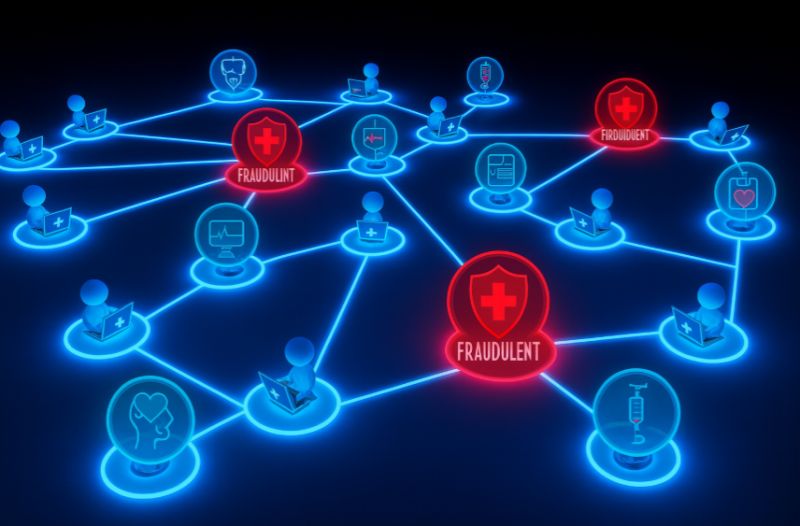
29 Sept 2025
The Hidden Threat Behind Every New Health Network Connection
Your hospital just connected to three new health networks. Your CISO just resigned.
Interoperability was supposed to save healthcare, but it's become our biggest security nightmare.
Every new connection is another API endpoint, another service, another party to trust. Every data exchange increases your risk.
I saw this up close when a large health system complained: their "secure" FHIR integration with a research partner (one they believed was vetted) resulted in unanticipated exposure of many patient records. The breach didn't come through their firewall, it came through assumptions about trust and intent.
Here's what nobody talks about: healthcare interoperability security isn't about encrypting data in transit or locking down APIs. It's about verifying the intent behind every data request across your entire ecosystem.
Too many cybersecurity programs focus on perimeter, authentication, encryption, but attackers don't think that way. They move laterally, exploit weak trust, and target the gaps. The breakthrough comes when you monitor behavioral patterns across data requests: not merely "is this connection secure?" but "is this data request consistent with legitimate workflows?"
At CrossClassify, we've helped health systems significantly reduce interoperability-related security incidents by implementing fraud pattern recognition specifically designed for healthcare data exchanges. We're not just protecting individual connections, we're securing the entire collaborative healthcare ecosystem.
The most successful healthcare leaders aren't avoiding interoperability. They're making it safer for everyone.
See the comment for a working demonstration of this solution in action. For an in-depth look at the five critical fraud and cybersecurity threats in healthcare, check the comment.
